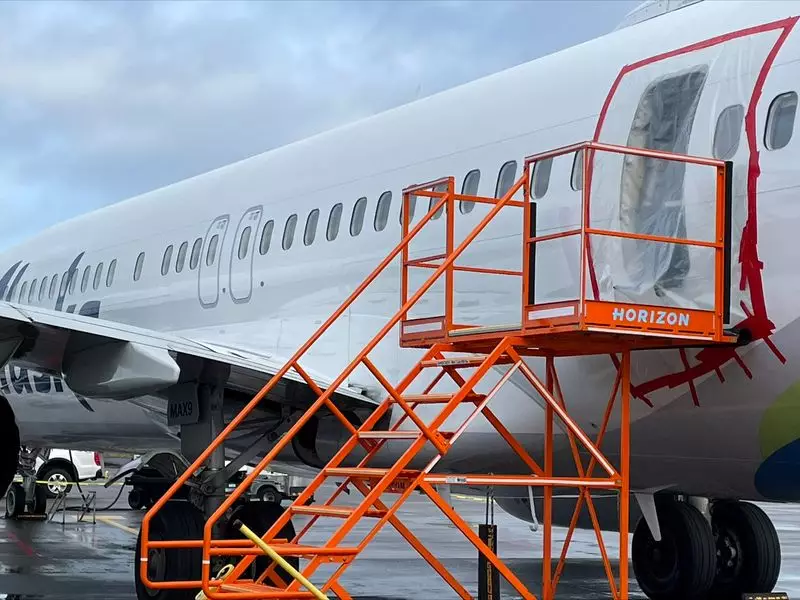In a recent incident involving a Boeing 737 MAX 9, the National Transportation Safety Board (NTSB) discovered that key documents detailing the removal of a critical part during production were never created. The door plug of an Alaska Airlines 737 MAX 9 jet flew off mid-flight due to missing bolts, raising concerns about the manufacturing processes at Boeing.
NTSB Chair Jennifer Homendy criticized Boeing for its lack of cooperation and failure to disclose important documents related to the incident. She highlighted Boeing’s delay in providing information such as the names of 25 workers involved in the production of the aircraft. Homendy’s remarks underscored the importance of transparency in addressing safety issues and investigating the root causes of such incidents.
Following the emergency involving the 737 MAX 9, the Federal Aviation Administration (FAA) took action by grounding the affected aircraft, halting production rate increases, and demanding a comprehensive plan from Boeing to address systemic quality-control issues. The FAA’s response reflected the seriousness of the situation and the need for swift corrective measures to ensure the safety of passengers and crew.
Boeing’s Executive Vice President, Ziad Ojakli, stated in a letter to U.S. Senator Maria Cantwell that the company had conducted an extensive search for the required documentation but found no evidence of its existence. Despite this, Boeing expressed its commitment to cooperating fully with the NTSB’s investigation and providing all necessary records and documents to aid in the inquiry.
NTSB investigators have been diligently working to identify the specific production shift and employees involved in the incident. Homendy emphasized the importance of interviewing the employees to understand the sequence of events and determine any lapses in safety protocols. The NTSB’s persistence in seeking answers underscores the critical nature of thorough investigations in enhancing aviation safety.
In light of the Boeing 737 MAX 9 incident, stakeholders in the aviation industry must prioritize accountability and transparency to prevent future occurrences. By fostering a culture of openness and cooperation, manufacturers like Boeing can work collaboratively with regulatory agencies to address safety concerns and uphold the highest standards of quality assurance in aircraft production.
Overall, the incident involving the Boeing 737 MAX 9 serves as a sobering reminder of the importance of transparency, communication, and adherence to safety protocols in the aviation industry. Moving forward, all stakeholders must learn from this experience to enhance safety practices and ensure that incidents like this are thoroughly investigated and prevented to safeguard the flying public.

